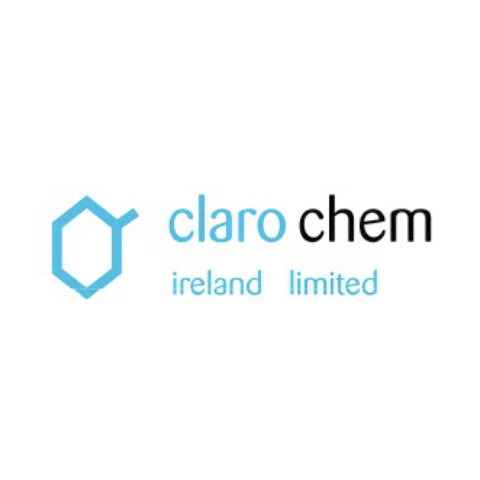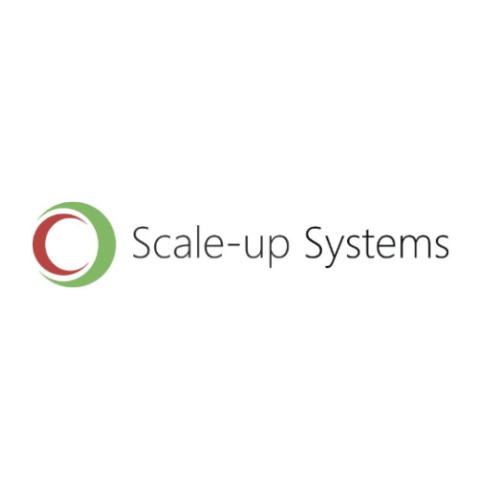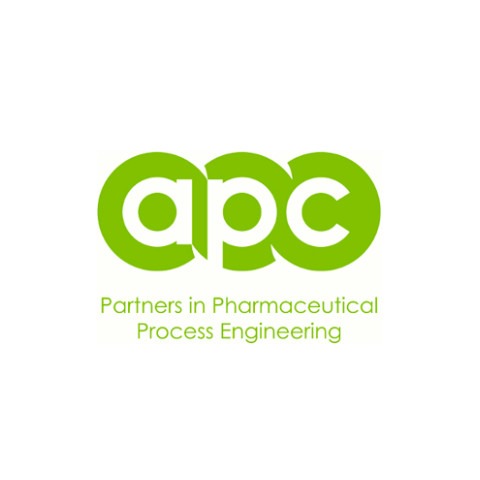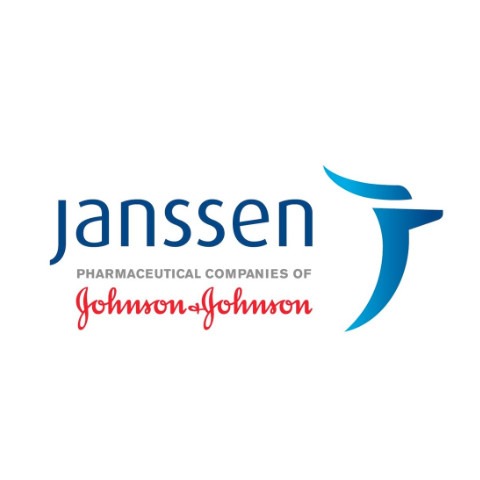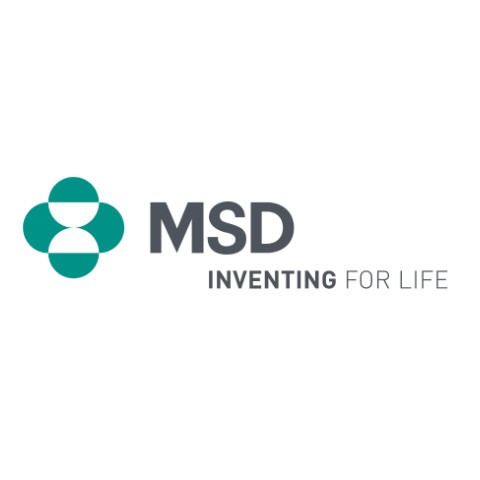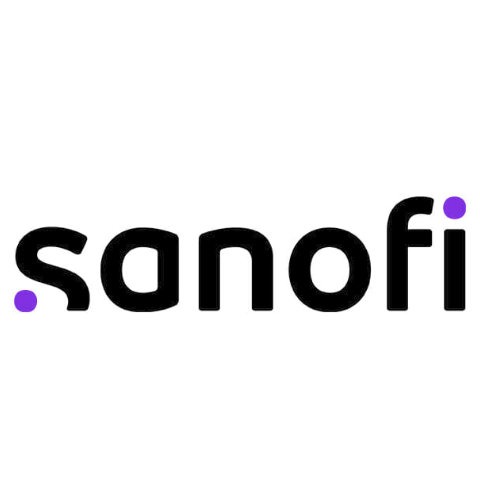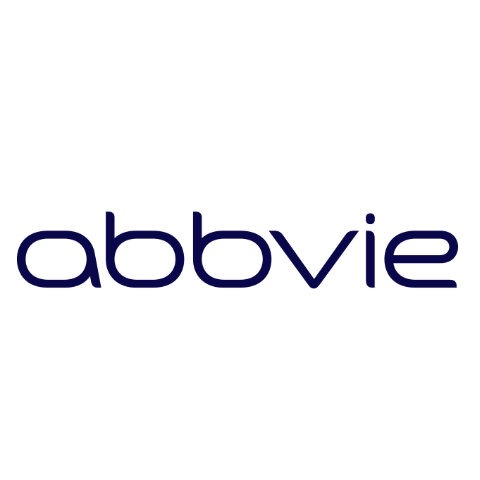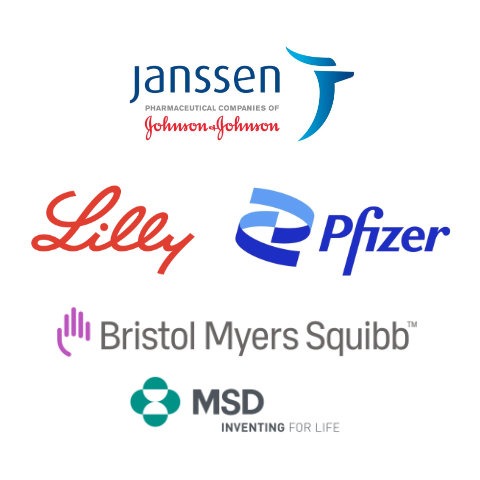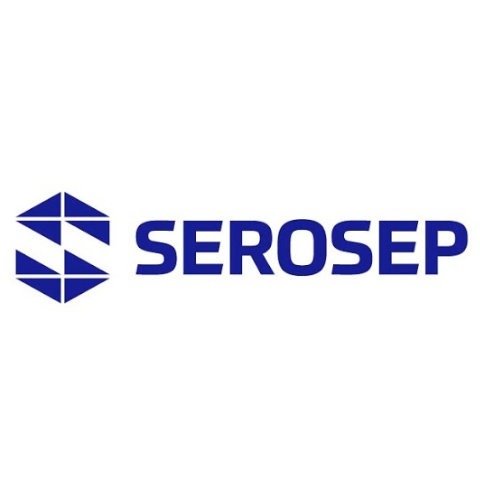
Background
This project was a collaboration between 7 of the leading Biopharmaceutical companies in Ireland Allergan, Biomarin, Eli Lilly, Janssen, MSD, Pfizer, Sanofi-Genzyme and two of Ireland’s leading pharmaceutical research Centres SSPC and National Institute for Biopharmaceutical Research and Training (NIBRT) This partnership showcased the industrial collaboration in the precompetitive biopharma manufacturing sector.
Challenge
Within the biopharmaceutical industry there is widespread utilisation of single-use technologies to ensure that manufacturing facilities can be flexible, cost-effective and constructed with minimal capital investment and timelines. Extractable and leachable (E&L) compounds, arising from the interaction of culture media with disposable components within bioprocessing, represent a major concern for companies and regulators.
Solution
This partnership has resulted in the development of advanced technologies to maximize biotherapeutic production, reducing adverse effects of E&L’s and increasing bioengineering capability during cell bioprocess in polymeric disposable systems. The SSPC Biospoke research team developed a sophisticated method ultra-high-performance chromatography coupled with quadrupole-orbitrap mass spectrometry (UPLC-QToF-MS) to screen the disposable bags from the leading vendors in this field and also assessed first and second generations of the product lines.
The research team deployed a multi-omic (glycomic, proteomic, metabolomics) approach to analysing cells incubated in media pre-conditioned with bDtBPP to characterise what is involved in the response to this target leachate and to widen our understanding of the potential to be impacted by new leachates in the future by the same mechanism.
The analysis characterised the library for leachate compounds that can evolve from the leading disposable bag films and no other compound has exhibited or is expected to show a cytotoxic response to CHO cells comparable to bDtBPP. This supports the general industry thinking that the use of disposable bag technologies for cell culture is generally considered to be safe’ with appropriate control of bDtBPP.
The profiling of various disposable films enables a comparison of the products from various vendors and the degree of risk one might carry for using one particular type of disposable bag for cell culture relative to another tested bag film. This informs industry and enables the sector to work with suppliers on strategies to enhance control of the levels of the antioxidant used, to test for it on release of their products or to engineer it out of future product designs.
The overall research underpins confidence in the use of disposable technologies for biopharmaceutical manufacture with appropriate awareness and controls. The research from SSPC spoke team shows that the mechanism of action of bDtBPP impacts cell growth, but not final product quality attributes.
The €1.5m in industry/state funding invested in this partnership has already had a direct economic impact with the on-boarding of 7 post-doctoral researchers, enhancing the value and power of Ireland’s R&D program. This collaboration positively impacts the research ecosystem in Ireland, which has a direct impact on existing companies and also strengthens the business case for new Foreign Direct Investment (FDI) to locate in Ireland.
“Pfizer has engaged with a spoke of the SSPC to better characterise an area of science which should enable our adoption of the disposable single use technology. Through this project the SSPC Biospoke research team has developed a sophisticated method to screen the disposable bags from the leading vendors in this field and this information has fed into internal risk assessments over what technology to adopt. The SSPC construct provides a means for industry and academia to collaborate to address common industry needs, while allowing individual companies to carry out their own proprietary research as a spoke of the SSPC, or directly with the PI once their reputation for quality output has been established. Through the SSPC, a community of skilled researchers are trained to address industrially relevant but proprietary processing issues. Access to high calibre researchers through the SSPC is of great benefit to Pfizer and has resulted in internal manufacturing process improvements. We look forward to further collaborations with the centre in the coming years.” Gerald Kierans, Technical Services Director, Pfizer, Grangecastle.
Publications arising directly from the Spoke
Ta and J. Bones, Development and validation of an ultra-performance liquid chromatography method for the determination of bis(2,4-di-tert-butylphenyl)phosphate and related extractable compounds from single-use plastic films. J. Chromatogr. A. 1492 (2017) 49-54.
Dorival–García and J. Bones. 2017. Monitoring Leachables from Single-Use Bioreactor Bags for Mammalian Cell Culture by Dispersive Liquid-Liquid Microextraction (DLLME) followed by UHPLC-QToF-MS. J. Chromatogr. A. 1512: 51–60.
Dorival–García and J. Bones. 2017. Evaluation of Solvent Systems for Optimized Extractables Studies of Single Use Bioprocessing Solutions. J. Chromatogr. A. 1513: 69–77..N. Dorival-García, S. Carillo, C. Ta, D. Roberts, K. Comstock, S. Lofthouse, E. Ciceri, K. D’Silva, G. Kierans, C. Kaisermayer, R. Hayes, J. Bones. Large-scale assessment of extractables and leachables in single-use bags for biomanufacturing.
Dorival–García, F. Galbiati, R. Kruell, R. Kovasy, K. D’Silva, J. Bones. Identification of additives in different polymer materials from single-use bags used in bioprocessing by accelerated solvent extraction and ultra high-performance liquid chromatography coupled with quadrupole orbitrap high-resolution mass spectrometry.
Carillo and J. Bones. In-depth characterisation of CHO cells N-glycome and their response to bDtBPP exposure.
Kelly PS, McSweeney S, Coleman O, Carillo S, Henry M, Chandran D, Kellett A, Bones J, Clynes M, Meleady P, Barron N. 2016. Process-relevant concentrations of the leachable bDtBPP impact negatively on CHO cell production characteristics. Biotechnol Prog. 32(6):1547-1558.
Hayes JM, Frostell A, Karlsson R, Müller S, Millan-Martin S, Pauers M, Reuss F, Cosgrave E, Anneren C, Davey GP and Rudd PM. (2017) Identification of Fc gamma receptor glycoforms that produce differential binding kinetics for rituximab. Molecular Cell Proteomics doi: 10.1074/mcp.M117.066944
Hayes JM, Wormwald M, Rudd P and Davey GP* (2016) Fc gamma receptors: glycobiology and therapeutics prospects. Journal of Inflammation Research 9, 209-219
McDonald AG, Hayes JM and Davey GP* (2016) Metabolic flux control and glycosylation Current Opinion in Structural Biology 40, 97-103
McDonald AG, Tipton KF and Davey GP* (2016) A knowledge-based system for display and prediction of O-glycosylation network behavior in response to enzyme knockouts. PLOS Computational Biology 12(4):e1004844


